
Supercharge your lead generation with a FREE Google Ads audit - no strings attached! See how you can generate more and higher quality leads
Get My Free Google Ads AuditFree consultation

No commitment
Supercharge your lead generation with a FREE LinkedIn Ads audit - no strings attached! See how you can generate more and higher quality leads
Get My Free Google Ads AuditFree consultation

No commitment
Supercharge your lead generation with a FREE Meta Ads audit - no strings attached! See how you can generate more and higher quality leads
Get My Free Google Ads AuditGet My Free LinkedIn Ads AuditGet My Free Meta Ads AuditFree consultation

No commitment
Supercharge your lead generation with a FREE Google Ads audit - no strings attached! See how you can generate more and higher quality leads
Get My Free Google Ads AuditFree consultation

No commitment
In the competitive market of food and beverage advertising, leveraging Google Ads for pasta products presents a unique set of challenges and opportunities. Businesses often grapple with reaching niche audiences, like gluten-free or gourmet pasta enthusiasts, without overspending on ineffective segments. Google Ads provides a powerful solution by allowing pasta brands to precisely target consumers at the critical moment they search for related products. By capitalizing on this intent, pasta businesses can drive significant engagement and conversions, outperforming traditional marketing methods. Moreover, integrating comprehensive ROI tracking ensures marketing teams can effectively measure campaign success and continually optimize their strategies to stay ahead in a crowded market.
Modern pasta brands face unique challenges in reaching high-intent buyers amid a crowded digital landscape. Driving quality leads requires a strategy that pinpoints audience intent, captures actionable data, and creates seamless handoffs between marketing and sales.
A data-first approach ensures every advertising dollar works harder across the funnel. By integrating Google Ads into a broader marketing mix, pasta product companies can harness real-time insights for ongoing optimization and measurable growth. This Google Ads case study provides a deeper look at this trend in the food sector.
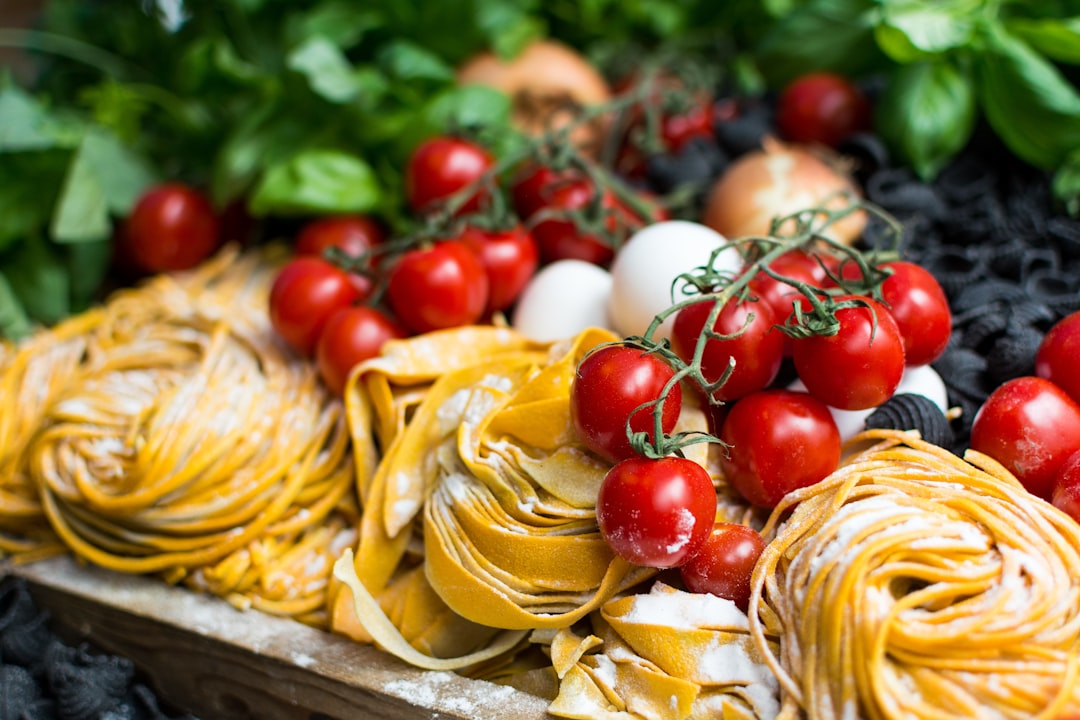
Digital marketing for pasta products now demands greater agility and precision than traditional approaches can offer. Google Ads allows brands in the pasta sector to break through crowded markets, launching campaigns that not only reach but also engage the exact segments most likely to convert.
Brands can target specialized and emerging niche audiences effectively, a critical advantage for pasta companies introducing gluten-free, organic, or protein-packed SKUs. The ability to segment by dietary preferences, lifestyle, and intent ensures that messaging resonates with buyers who are actively searching for unique pasta offerings. With advanced visitor identification, marketers can move beyond anonymous web traffic and identify which companies or high-value accounts are interacting with their ads, enabling more strategic follow-up and resource allocation. Tools like Sona Identification help marketers pinpoint and engage these high-value accounts, streamlining the path from ad interaction to lead qualification.
Google Ads consistently outperforms traditional food and beverage advertising by delivering immediate, measurable results. Marketers can shift budget in real time toward the highest-converting audiences as intent data changes, ensuring resources are always allocated for maximum impact. Google Ads tips provides a deeper look at optimization strategies for maximizing ROI in the food sector.
Pasta product marketers also use Google Ads to capture new, high-value consumer segments, especially during peak buying seasons. Dynamic audience building ensures that as leads move through the funnel—switching from research to purchase intent—ad creative and targeting update automatically. By syncing enriched CRM data and leads into Google Ads, brands maintain a seamless, personalized experience from the first interaction through to online pasta sales, supporting both immediate revenue and long-term brand loyalty.
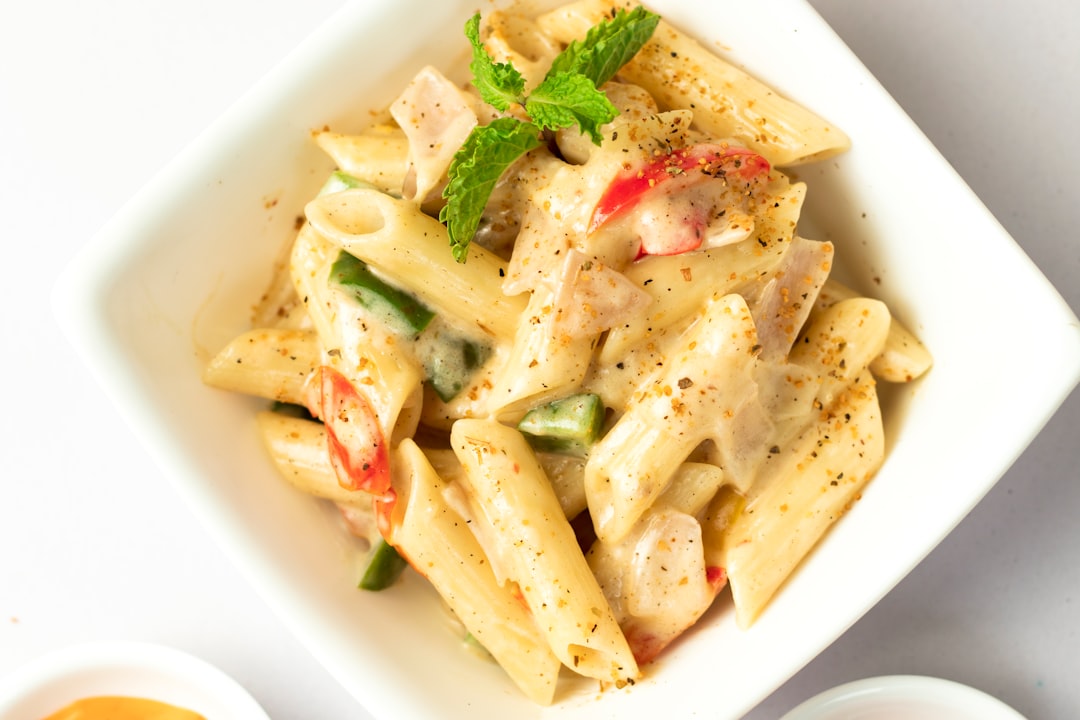
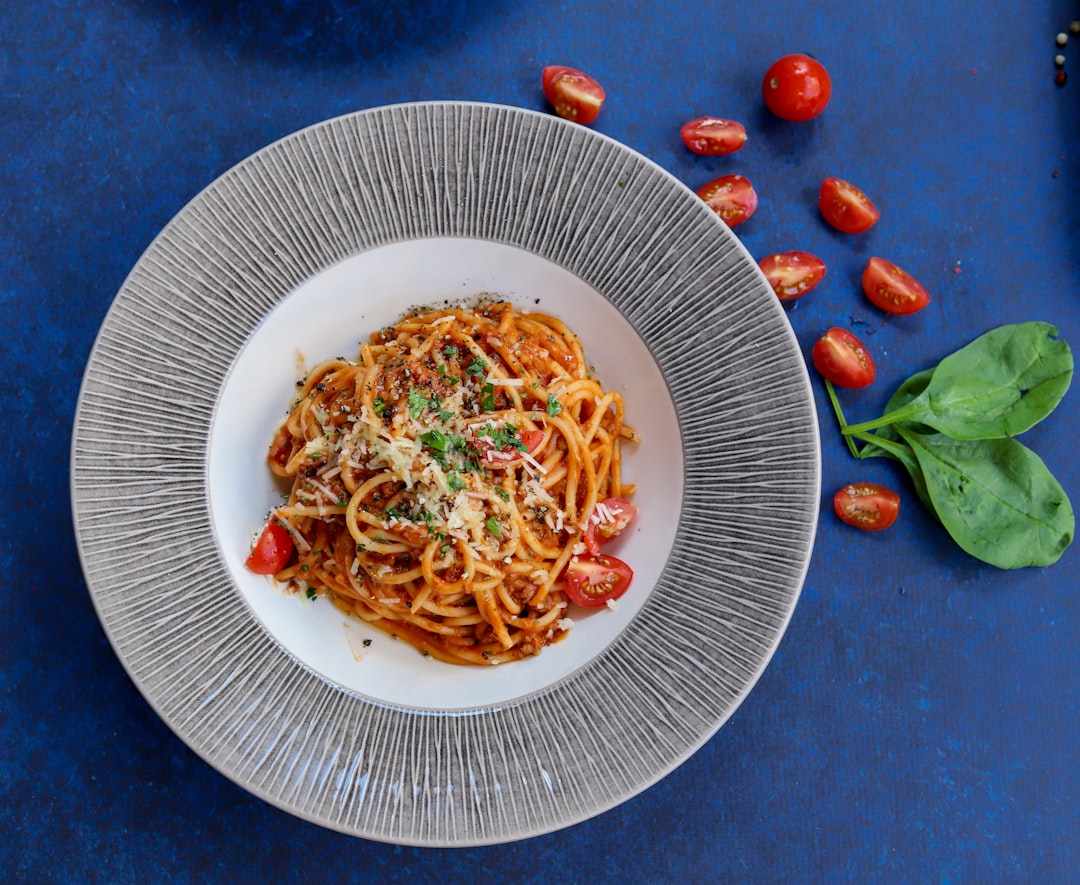
Identifying untapped growth opportunities in pasta product marketing starts with a focused approach to vertical keyword targeting. By building campaigns around specialty pasta keywords—such as gluten-free lasagna, vegan ravioli, or high-protein spaghetti—brands can reach buyers in niche segments who are actively searching for alternatives beyond standard offerings. This targeted approach increases relevance, reduces wasted ad spend, and elevates visibility in markets often overlooked by broader campaigns. See pasta keywords for a deeper look at trending search terms and emerging consumer interests in the category.
Competitor gap analysis further refines market positioning. By systematically reviewing which pasta-related keywords and product categories are underrepresented in competitor ads, food and beverage marketers can pinpoint whitespace where demand exists but supply is limited. This allows for strategic bidding on search terms your competitors may be ignoring, driving higher click-through rates and increased share of voice in the online pasta sales landscape. For more insights on maximizing returns, check out our guide on Google Ads ROI.
Industry-specific ad placements provide another lever for scalable growth in digital marketing for pasta. Buying inventory on relevant food, recipe, and grocery industry sites ensures your pasta advertising reaches decision-makers who influence purchasing—such as restaurant buyers, specialty grocers, and health-focused retailers. Real-time intent data, combined with dynamic audience updates, means that as leads move through the funnel or change engagement patterns, campaigns adjust automatically to focus spend on the highest value prospects. Platforms like Sona Audiences help marketers reach and engage these high-value segments with precision.
Integrating CRM and ad platforms allows for seamless syncing of enriched audiences, so every engagement, from first click to repeat purchase, is measured and optimized for long-term revenue impact. This results in smarter budget allocation and stronger demand generation across all pasta product marketing channels. Start your campaign.
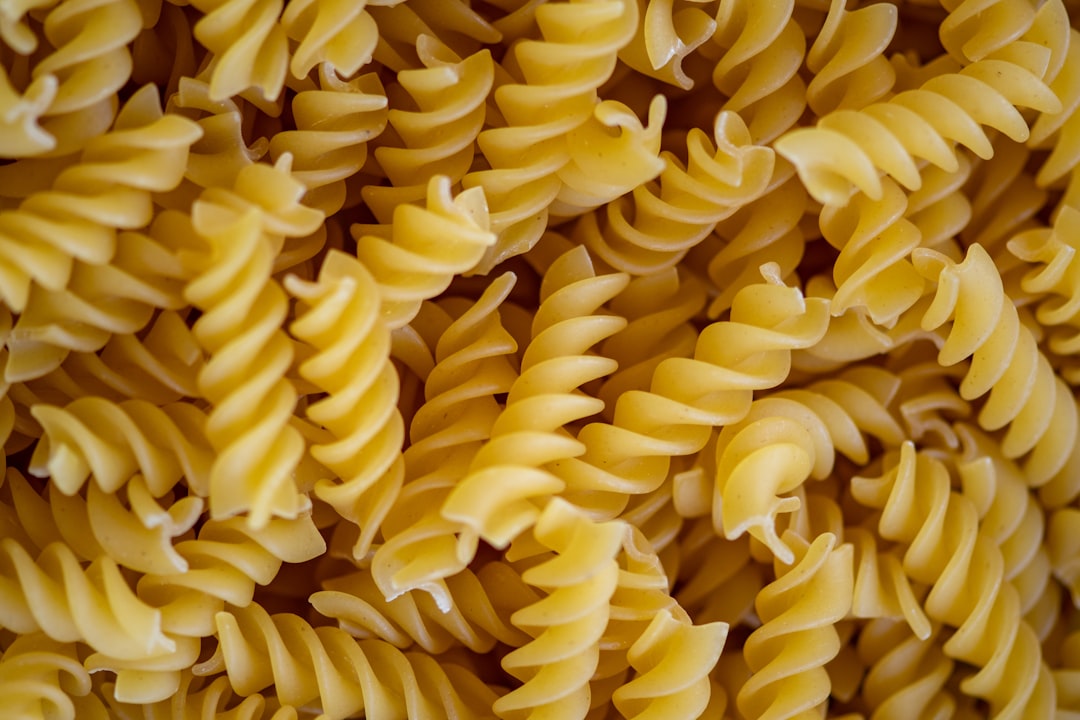
Audience segmentation in pasta product marketing requires more than basic demographic filters. Brands that move beyond broad categories and dig into the nuanced behaviors of their buyers see stronger engagement and higher conversion rates. Segmenting pasta audiences by culinary expertise, such as gourmet chefs versus home cooks, helps address inefficiencies that come from treating all pasta shoppers the same. Gourmet chefs might prioritize premium, artisanal pasta varieties, while home cooks could be more interested in convenience or family-friendly recipes.
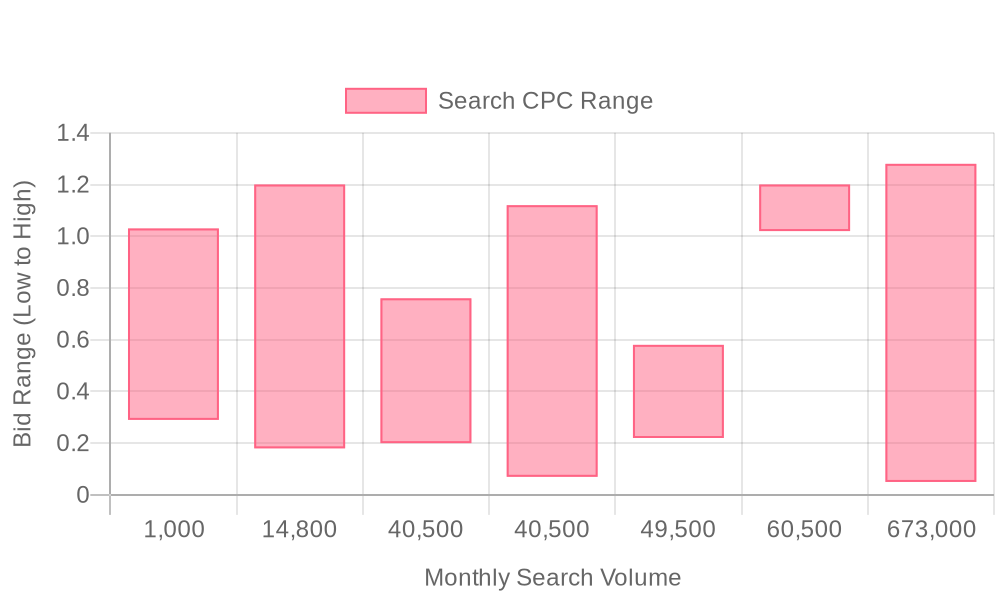
| Industry | Keyword | Monthly Search Volume | Competition Level | Low Bid | High Bid |
| Pasta Products | zenb pasta | 1000 | HIGH | 0.29 | 1.03 |
| Pasta Products | keto pasta | 14800 | HIGH | 0.18 | 1.2 |
| Pasta Products | kitchenaid pasta attachment | 40500 | HIGH | 0.2 | 0.76 |
| Pasta Products | low carb pasta | 40500 | HIGH | 0.07 | 1.12 |
| Pasta Products | pasta maker | 49500 | HIGH | 0.22 | 0.58 |
| Pasta Products | protein pasta | 60500 | HIGH | 1.02 | 1.2 |
| Pasta Products | pasta | 673000 | MEDIUM | 0.05 | 1.28 |
The foundation of effective google ads for pasta products is a robust keyword approach that balances reach with conversion efficiency. High-volume, low-competition keywords such as "gluten-free pasta ads" deliver a strategic advantage by connecting brands with motivated buyers while bypassing the most saturated auction environments. These terms allow pasta product marketers to allocate budget with confidence that each click comes from an audience seeking relevant offerings, reducing wasted spend and setting the stage for measurable ROI. Pasta keyword ideas provides a practical overview of keyword ideas and trends in the pasta category.
Niche, highly specific terms like "homemade pasta kits" attract DIY-focused consumers who are actively looking for creative meal solutions or unique gifting options. By targeting phrases that reflect the evolving tastes and interests of modern shoppers, pasta brands can position themselves directly in front of high-intent buyers. This specificity also elevates ad relevance scores, often resulting in lower cost-per-click and improved ad placement—a win for both efficiency and visibility.
Optimizing negative keywords is essential for filtering out unqualified traffic, such as users searching for unrelated recipes or competitor brands. This ensures that every dollar spent supports acquisition of genuinely engaged prospects rather than casual browsers. For more on maximizing ad returns through negative keyword strategies, see our guide on Google Ads ROI guide.
With unified data and real-time insights, marketers can identify which terms yield the least value and quickly exclude them to maintain a streamlined, conversion-focused audience pool. This is especially powerful when enriched audience data is synced automatically to Google Ads, as it enables continuous refinement of targeting without manual intervention. Platforms like Sona Audiences are designed to help marketers sync high-value audience segments for improved campaign performance. By keeping keyword lists dynamic and closely aligned with actual in-market behavior, pasta marketers maximize relevance and minimize budget leakage throughout the campaign lifecycle.
Pasta product marketers can dramatically increase campaign relevance by curating keyword lists tailored to specific buyer intent and regional preferences. Integrating modifiers such as "local pasta delivery near me" captures high-intent consumers ready to purchase from neighborhood vendors or specialty shops. Including long-tail searches like "organic gluten-free spaghetti bulk order" not only boosts campaign precision but also draws in discerning shoppers searching for unique qualities or dietary needs in pasta products.
By using real-time visitor identification and behavioral insights, marketers can pinpoint which companies or users exhibit the strongest buying signals. Tools like Sona Identification help pasta marketers recognize and segment high-value audiences, allowing for more efficient budget allocation and keyword focus.
When enriched audience data flows seamlessly into campaign targeting, marketers can dynamically adjust keyword lists as prospects move through the funnel, keeping campaigns agile and aligned with evolving demand. Adtargeting pasta keywords provides trending keywords to further refine your targeting.
Standout ad copy is critical for pasta brands aiming to differentiate in a saturated food and beverage advertising landscape. Messaging should emphasize core market differentiators such as authentic Italian recipes, small-batch production, or locally sourced ingredients. Highlighting these attributes not only attracts consumers seeking quality and authenticity but also builds trust and brand equity among both B2B buyers and retail consumers.
Leveraging insights from unified CRM and ad platform data enables more precise messaging personalization. For more on using data to supercharge your messaging, check out our guide on Personalization at Scale.
When marketers have access to enriched contact and company profiles, they can craft ad copy that speaks directly to the unique pain points or aspirations of target segments, such as restaurant buyers prioritizing premium ingredients or families looking for healthy weeknight meals. This level of personalization increases engagement and drives higher click-through rates across Google Ads for pasta products.
A seamless transition from ad click to landing page is essential for sustaining consumer engagement and driving conversions in digital marketing for pasta. Landing pages must closely mirror the language and value propositions featured in the ad copy, whether the focus is on artisan pasta, bulk wholesale options, or ready-to-cook meal kits. Barilla campaign insights provide a deeper look at how consistent messaging can elevate digital campaign results in the food category.
Consistency in messaging reassures visitors they’ve landed in the right place, reducing bounce rates and encouraging further interaction. Integrating advanced conversion tracking with both online and offline attribution provides a full view of campaign performance.
Marketers can see which landing pages are converting best, which audiences are most engaged, and where opportunities exist to optimize calls-to-action or product placement. Solutions such as Sona Attribution support full-funnel visibility, ensuring every landing page iteration is informed by real buyer behavior.
Continuous optimization is the foundation of effective Google Ads strategies for pasta products. By analyzing predictive buying stages and granular audience segments, marketers can refine bidding strategies to focus on high-value prospects and eliminate wasted spend. For example, shifting budget toward audiences demonstrating in-market intent for catering-size orders during peak seasons maximizes conversion potential.
With dynamic audience syncing between CRM, Google Ads, and platforms like Google Merchant Center, marketers can ensure that target lists remain up to date as leads evolve from awareness to purchase. StoreGrowers best practices shares industry best practices for maintaining up-to-date product feeds and lists.
Advanced attribution models allow teams to measure true Google Ads ROI, connecting ad spend to both digital and offline sales outcomes. For more strategies to boost campaign performance, see our guide on Google Ads ROI.
Pasta brands that want sustained growth in digital channels must prioritize targeted, data-driven strategies to increase their share of voice. By leveraging the full spectrum of digital marketing for pasta, marketers can identify untapped segments and drive higher engagement with both new and returning audiences.
Mastering Google Ads for pasta products isn’t just about running campaigns—it’s about crafting a strategy that connects hungry customers with your brand at the perfect moment.
From targeting high-intent keywords like "best organic pasta" to leveraging visually appealing ad creatives and optimizing for mobile, the right approach can turn casual browsers into loyal buyers. By focusing on audience segmentation, seasonal trends, and performance tracking, you can ensure your ads stand out in a competitive market.
Imagine your pasta products dominating search results, driving consistent sales, and building a loyal customer base—all while maximizing your ad spend. With these strategies, you’re not just running ads; you’re growing a thriving business.
Ready to put these insights into action? Start a free trial to experience the platform and its capabilities firsthand.
Effective advertising for pasta products on Google involves using a data-driven approach to target niche audiences, such as gluten-free or gourmet pasta enthusiasts, by integrating Google Ads into a broader marketing plan with precise audience and keyword strategies.
The best keywords for pasta Google Ads are those that target specific buyer intents and niche segments, such as 'gluten-free fusilli bulk supplier' or 'organic penne for restaurants,' while also incorporating high-volume, low-competition terms.
Search, display, video, and remarketing campaigns work well for food products, with search campaigns capturing high-intent consumers, display ads building brand visibility, video ads engaging through storytelling, and remarketing re-engaging potential customers.
To set up a Google Shopping ad for pasta, ensure integration of dynamic audience syncing between CRM, Google Ads, and platforms like Google Merchant Center, maintain up-to-date product feeds, and focus on high-value audience segments.
Google Ads is a good investment for pasta businesses as it allows precise targeting of niche audiences, provides measurable results, and enables real-time budget adjustments to maximize ROI by focusing on high-converting audiences.
Join results-focused teams combining Sona Platform automation with advanced Google Ads strategies to scale lead generation

Connect your existing CRM

Free Account Enrichment

No setup fees
No commitment required

Free consultation

Get a custom Google Ads roadmap for your business
Join results-focused teams combining Sona Platform automation with advanced Meta Ads strategies to scale lead generation

Connect your existing CRM

Free Account Enrichment

No setup fees
No commitment required

Free consultation

Get a custom Google Ads roadmap for your business
Join results-focused teams combining Sona Platform automation with advanced LinkedIn Ads strategies to scale lead generation

Connect your existing CRM

Free Account Enrichment

No setup fees
No commitment required

Free consultation

Get a custom Google Ads roadmap for your business
Join results-focused teams using Sona Platform automation to activate unified sales and marketing data, maximize ROI on marketing investments, and drive measurable growth

Connect your existing CRM

Free Account Enrichment

No setup fees
No commitment required

Free consultation

Get a custom Google Ads roadmap for your business
Over 500+ auto detailing businesses trust our platform to grow their revenue
Join results-focused teams using Sona Platform automation to activate unified sales and marketing data, maximize ROI on marketing investments, and drive measurable growth

Connect your existing CRM

Free Account Enrichment

No setup fees
No commitment required

Free consultation

Get a custom Google Ads roadmap for your business
Over 500+ auto detailing businesses trust our platform to grow their revenue
Join results-focused teams using Sona Platform automation to activate unified sales and marketing data, maximize ROI on marketing investments, and drive measurable growth

Connect your existing CRM

Free Account Enrichment

No setup fees
No commitment required

Free consultation

Get a custom Google Ads roadmap for your business
Over 500+ auto detailing businesses trust our platform to grow their revenue
Our team of experts can implement your Google Ads campaigns, then show you how Sona helps you manage exceptional campaign performance and sales.
Schedule your FREE 15-minute strategy sessionOur team of experts can implement your Meta Ads campaigns, then show you how Sona helps you manage exceptional campaign performance and sales.
Schedule your FREE 15-minute strategy sessionOur team of experts can implement your LinkedIn Ads campaigns, then show you how Sona helps you manage exceptional campaign performance and sales.
Schedule your FREE 15-minute strategy sessionOur team of experts can help improve your demand generation strategy, and can show you how advanced attribution and data activation can help you realize more opportunities and improve sales performance.
Schedule your FREE 30-minute strategy sessionOur team of experts can help improve your demand generation strategy, and can show you how advanced attribution and data activation can help you realize more opportunities and improve sales performance.
Schedule your FREE 30-minute strategy sessionOur team of experts can help improve your demand generation strategy, and can show you how advanced attribution and data activation can help you realize more opportunities and improve sales performance.
Schedule your FREE 30-minute strategy sessionOur team of experts can help improve your demand generation strategy, and can show you how advanced attribution and data activation can help you realize more opportunities and improve sales performance.
Schedule your FREE 30-minute strategy session





Launch campaigns that generate qualified leads in 30 days or less.
